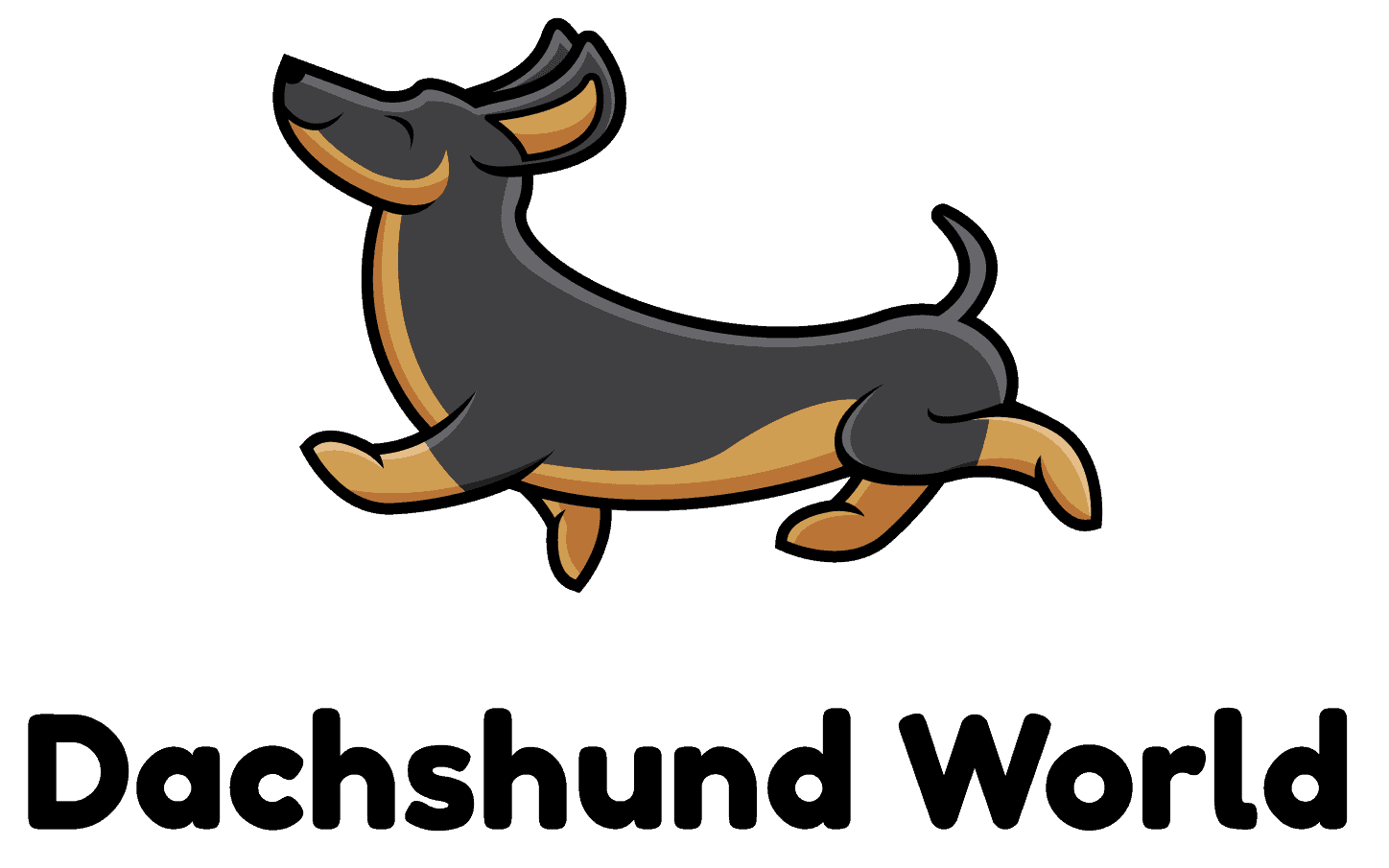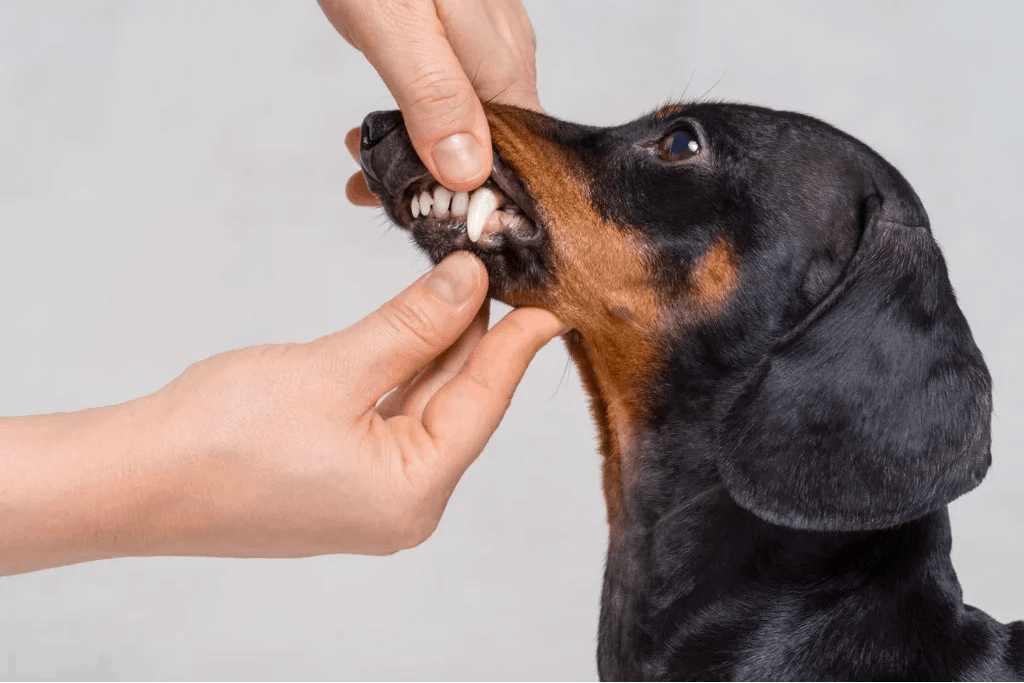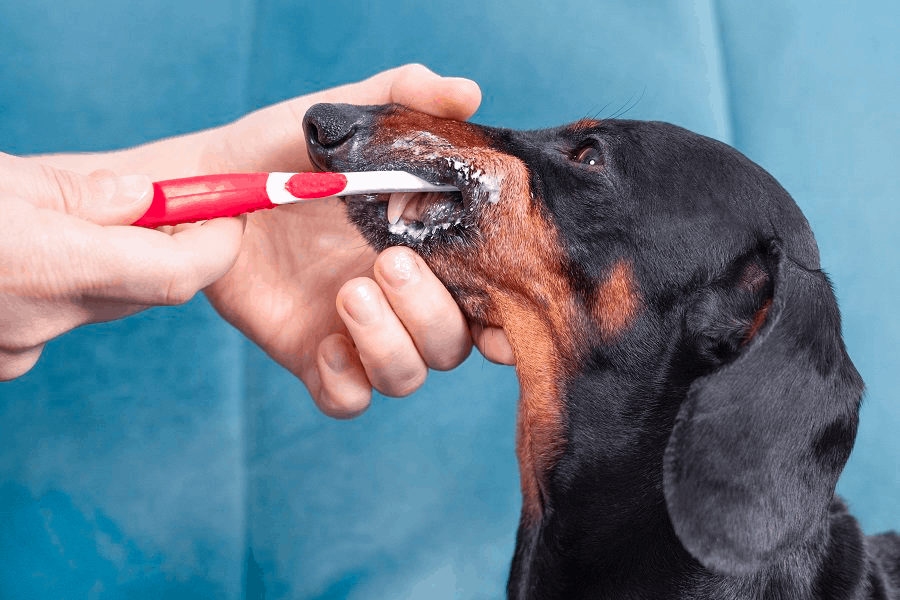If a tick should become attached to you or your pet, remove it as soon as possible. Prompt removal reduces the chance of infection by Rocky Mountain spotted fever (RMSF) and Lyme Disease (LD).
Embedded ticks should be removed immediately. First, forget all you ever heard about coating ticks with petroleum jelly, burning their rear ends with a match or lighted cigarette, or dousing them with lighter fluid or gasoline. The following are the proper steps for tick removal:
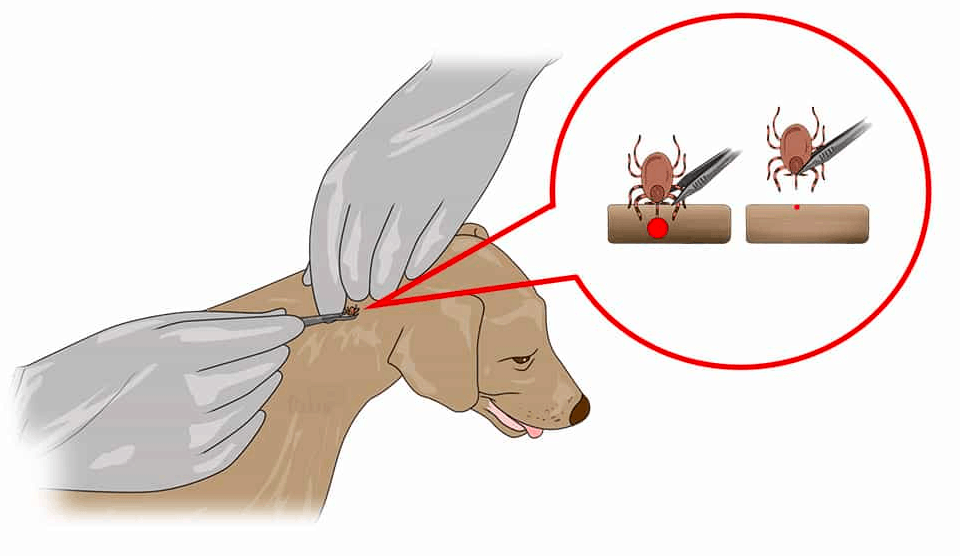
- Shield your fingers with a paper towel, use tweezers or wear rubber gloves. Grasp the tick close to the skin, and with steady pressure, pull straight out.
- Do not twist or jerk the tick, as mouthparts may be left in the skin. Take care not to crush or puncture the tick during removal.
- Use of a hot match or cigarette to remove a tick is NOT recommended as this may cause the tick to burst. Spotted fever may be acquired from infected tick body fluids that come in contact with broken skin, the mouth, or the eyes.
- Avoid touching ticks with bare hands. Tick secretions can be infectious. Spotted fever can be acquired through self-inoculation into a small scratch or cut.
- After removing a tick, thoroughly disinfect the bite site and wash hands with soap and water.
- Ticks can be tested for RMSF and/or Lyme Disease. Contact the local Disease Program. Place the tick in a small jar or ziplock plastic bag, along with a few blades of green grass (to provide moisture). Store the tick in a cool place until it can be delivered.
- Ticks can be safely disposed of by placing them in a container of oil or alcohol, sticking them to tape, or flushing them in the toilet.
The tick removal process can be very painful for your dog. You need to be aware of that. Because this is so difficult for a pet, you should certainly give your pet a treat as soon as the entire process is over, so it won’t be as scary when it has to be done again.
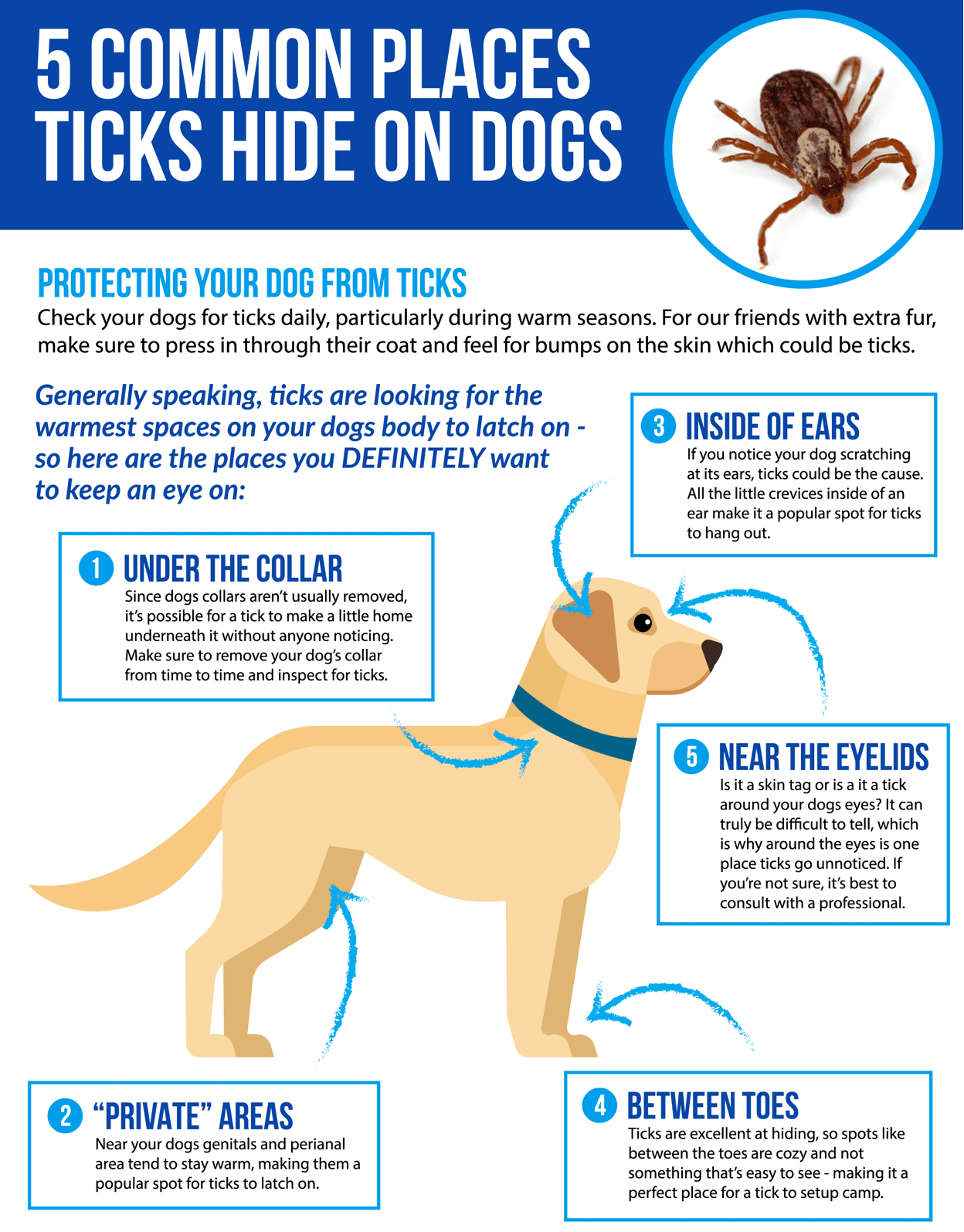
You should take some steps to make sure your pet doesn’t get as many ticks. You can do this by getting a tick collar that is designed to keep ticks away, walking your dog in a clear area as ticks like wooded areas, and check out you and your dog regularly for ticks.

